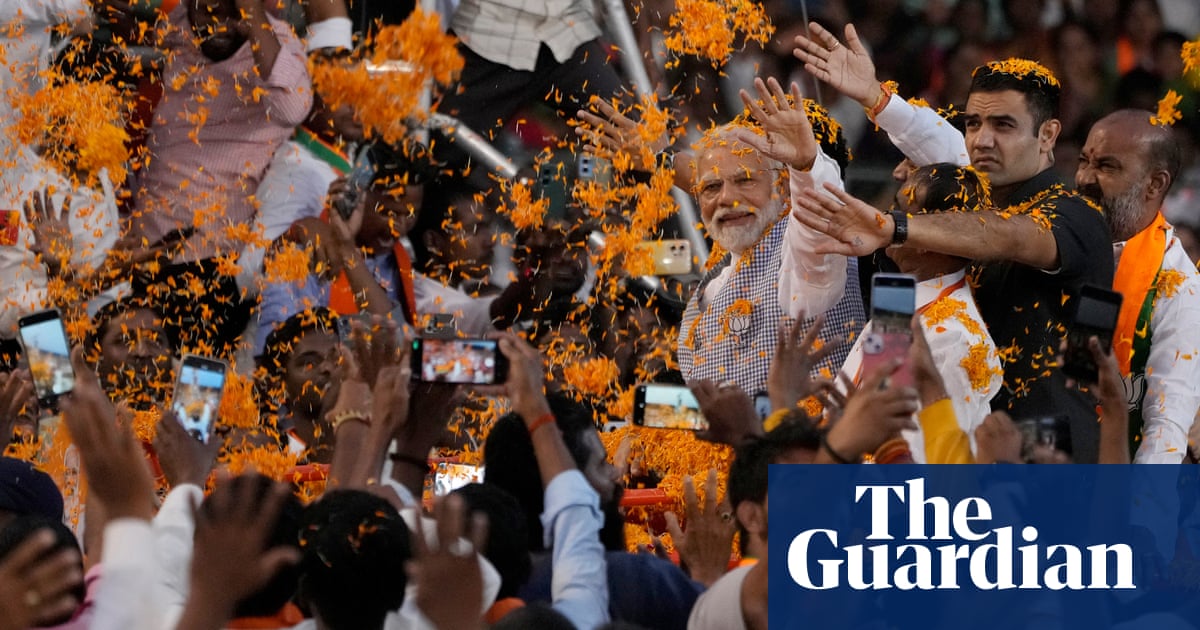Voting Falls in Phase 5 of India Elections to 60.3%

The Facts
Phase 5 of the Indian elections yesterday saw a 60.3% voter turnout, down from 62.5% in 2019, with polling now completed in 428 parliamentary seats.
This phase had the fewest — 49 of the 543 seats in Lok Sabha, India's lower House of parliament — constituencies voting with 89.5M eligible voters.
The Spin
Narrative A
India's vast size and complex logistics require extended election durations. The current election, the second longest, spans 39 days with seven voting phases from April 19 to June 1. With 969M registered voters — including 18M first-timers and 197 million in their 20s — India’s electorate exceeds the population of the EU's member states. Voting duration has varied historically, taking four months in 1951-1952 and four days in 1980.
Narrative B
The extended election campaign favors Prime Minister Narendra Modi, giving him more time to campaign and leveraging his party's better funding. "Digital India," India's much-vaunted program proclaiming its tech prowess, could expedite the process. However, the protracted voting period benefits Modi, enabling him to travel and campaign more, particularly in states where his party, the BJP, faces strong opposition. This has significant political implications.




